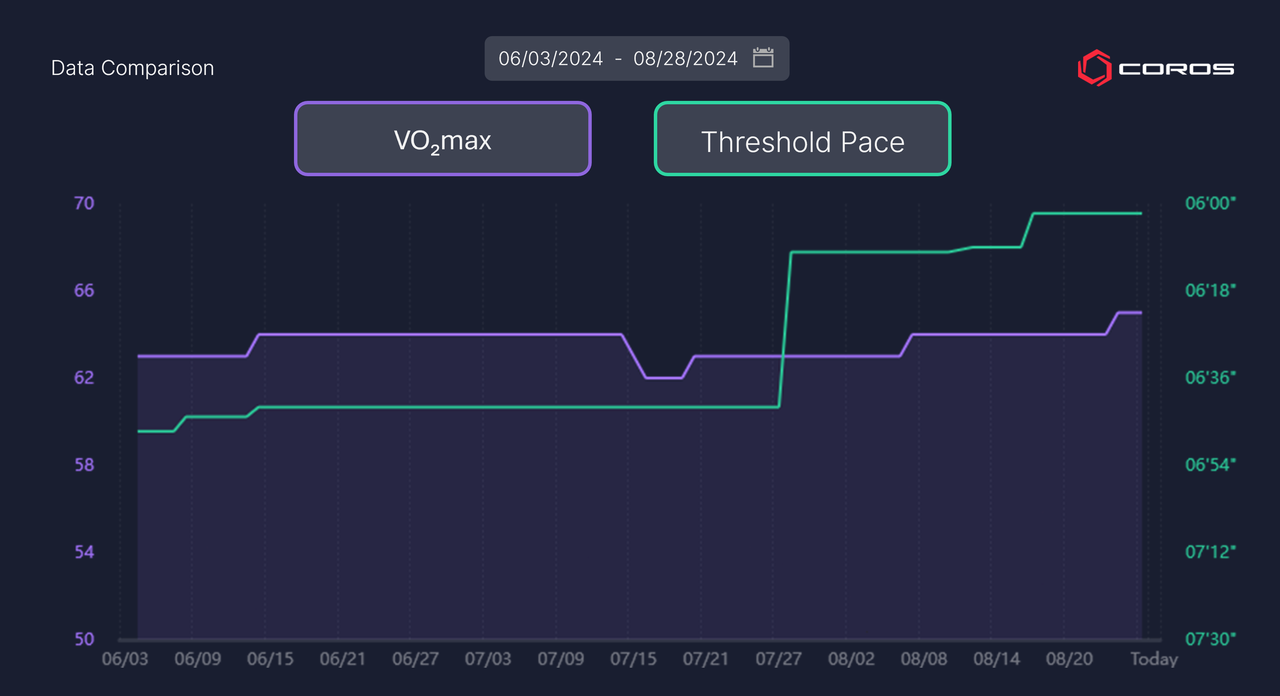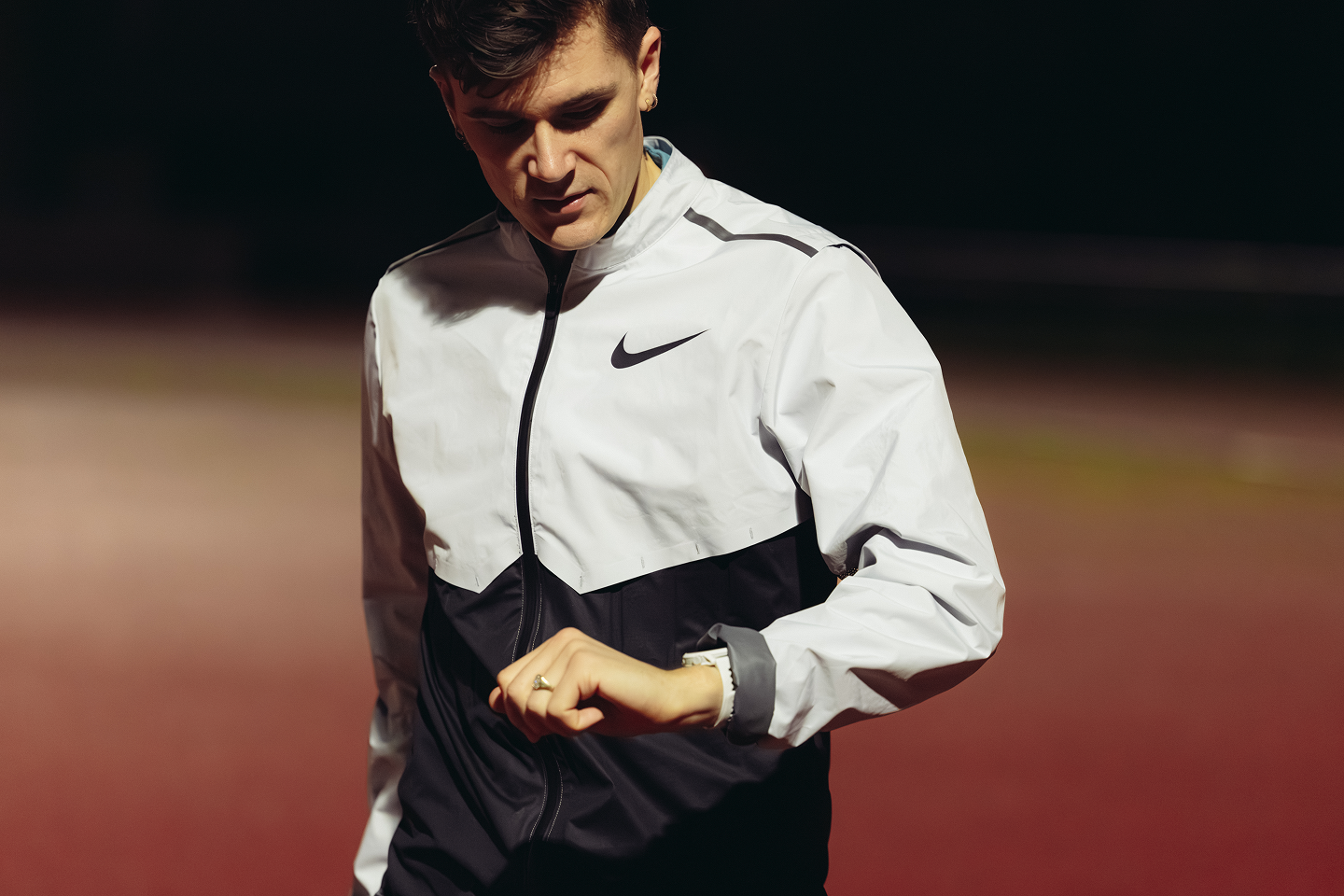Training for a race is more than just gaining fitness - it’s preparing your body for the conditions you’ll experience on race day. Coaches often design intense sessions to mimic specific race conditions, forcing your body to meet the demands in a more controlled environment. As a result, optimal training requires an understanding of how each race challenges your body.
The 5K race distance, while relatively short, presents a unique set of challenges. While longer races may focus on pacing and conserving energy, the 5K requires a blend of speed and endurance.
Physical Demands: Balancing Speed and Endurance
The 5K is often described as a race that’s too long to sprint but too short to pace conservatively. This balance between speed and endurance makes it a challenging event from a physical standpoint.
Aerobic and Anaerobic Energy Systems
The 5K heavily relies on both the aerobic and anaerobic energy systems. The aerobic system uses oxygen to provide the bulk of the energy, but can't meet the full energy demands. The anaerobic system supplies the rest, but it comes at the cost of fatigue. The challenge lies in effectively utilizing these systems without prematurely reaching your breaking point.
Two metrics are important when training for a 5K:
- VO₂max: When training for a 5K, your VO₂max is a key determinant of performance. This is the maximal amount of oxygen your aerobic system can use for energy. Training the aerobic system involves longer, steady runs and tempo workouts. These will build endurance and improve the efficiency of oxygen use.
- Lactate Threshold: The anaerobic system produces a compound called lactate, which leads to fatigue if it builds up. The body reaches the lactate threshold when it starts to accumulate lactate faster than it can clear it. This threshold is crucial in a 5K, as runners often hover at or slightly above this limit for much of the race. Interval training, hill repeats, and tempo runs are key workouts for improving your lactate threshold.

Changes in VO₂max and Lactate Threshold over time
Coaches Tip: This athlete performed a Running Fitness Test in late July to ensure the most accurate training zones. COROS Coaches recommend that intermediate/advanced runners take these tests once every 3-4 months, and far away from any race. Beginners should contact coach@coros.com for guidance.
Pacing Strategy
These physical demands determine the 5K pacing strategy. A common mistake is starting too fast. This leads to an early lactate build up and a significant drop in pace later in the race. Instead, a well-executed 5K involves a slightly conservative start and an even-paced approach.
Beginners will likely want to start in their Threshold pace zone. This will limit the build up of lactate and save you from slowing down later. The pace may feel easy at first, but it will increase in difficulty as the race continues. In the final two kilometers, athletes who still feel good can increase the pace as they get closer to the finish.
More advanced runners will follow a similar pacing strategy, but often start a little faster. Many will start in the low end of their "Anaerobic Endurance" zone, slightly above their threshold.

An example of a well-paced 5K
This strategy minimizes the risk of fatigue and allows the runner to keep a strong pace throughout, saving just enough for a final sprint.
Mental Demands
While the physical demands of the 5K are intense, the mental challenge of the race is equally daunting. As fatigue sets in, your mind tells you to slow down, and the voice gets louder as the race continues. Of all the races that mix speed and endurance, the 5K is the longest, making this the longest mental battle of its kind.
- Staying Present: One key mental strategy is to stay present and focused on the task at hand. Break the race down into smaller, more manageable segments. A focus on one kilometer at a time can ease the mental stress of the full race.
- Positive Self-Talk: The 5K often pushes runners outside of their comfort zones, making it crucial to maintain a positive mindset. Positive self-talk, such as repeating mantras or affirmations, can be a powerful tool to keep pushing through the tough moments.
Handling Mid-Race Doubt
The middle section of a 5K is often where the mental battle intensifies. The initial adrenaline rush has worn off, yet the finish line is still too far to draw on the final surge of energy. This is where many runners experience doubt and a temptation to ease off the pace. Training the mind to recognize these moments and using self-talk to overcome them is crucial.
Conclusion
The 5K may seem deceptively simple at first glance, but it requires a complex interplay of physical and mental skills to master. The race’s unique demands—balancing speed and endurance, maintaining a strong pace, and pushing through mental barriers—make it one of the most challenging yet rewarding distances in competitive running. By understanding and preparing for these specific race demands, runners can optimize their training and race strategy, ultimately leading to better performance and a more satisfying race experience.

/filters:quality(90)/fit-in/970x750/coros-web-faq/upload/images/5048d6364c5105657294ad180498c0e6.png)





